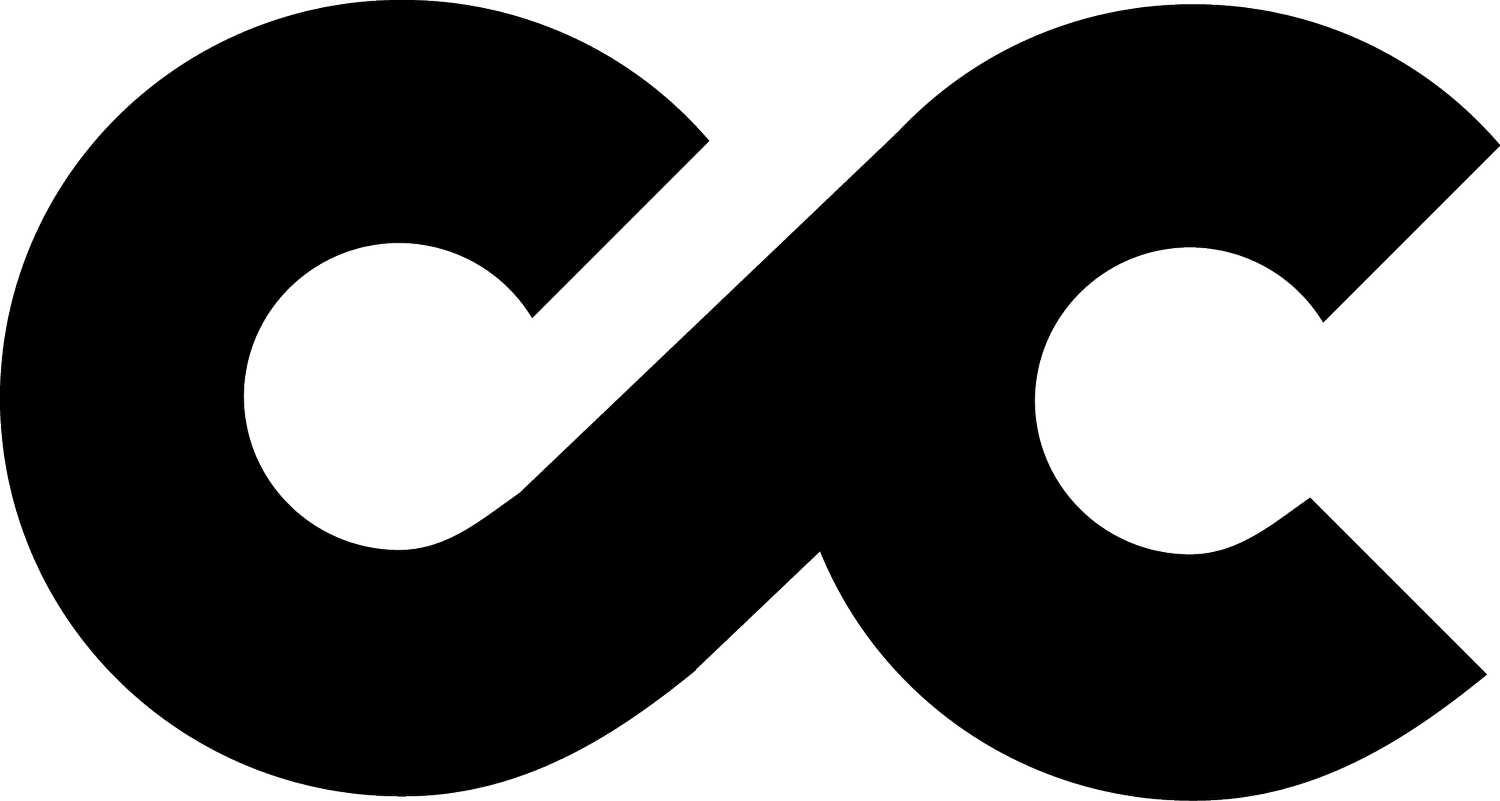What Is Cornerstone Content?
Implementing an informative and engaging content strategy is a crucial part of any business. It's essential that you find a way to connect with customers and engage with them at every opportunity — which usually begins with your cornerstone blog article. By complimenting this article with other informative, high-quality articles, you can encourage visitors to come back again and again — even if they weren't looking for a particular solution when they first visited your site.
Cornerstone content is an integral part of any well-rounded SEO strategy, as these substantive articles will help you rank for your service or product category’s most competitive keywords. Writing plenty of content is easy, but that’s not the key to cornerstone content — keyword research, strategic subheadings, and a conversational tone are all required to develop a few high-quality articles that will boost your rankings.
Next, you create a few high-quality links and use them to link to the cornerstones of your site — or, in other words, to the most important pieces of content on your website. You'll want to include at least two internal links and two external links to these cornerstone pieces of content. By directing the search engines' attention to these articles first, you increase their chances of ranking higher in the search results.
What exactly are cornerstone articles?
The cornerstone article is a piece of content that's laser-focused on a single concept, product, or client inquiry. While other pieces of content are designed to be comprehensive and give as much useful information as possible, cornerstone articles are meant to be used as reference points; they provide the most complete information possible on a specific concept.
While old content is by no means useless, it is important to keep your cornerstone content relevant by updating it whenever necessary. Make sure you check your content for mistakes or outdated links (as well as typos in general) before publishing a new piece.
At the end of the day, all you want to do with your content marketing is to rank well in Google. This will help drive traffic and build trust with your target audience. In order to achieve that, you need to write great cornerstone pieces of writing and build a good internal linking strategy.
Type of content for a cornerstone article
What Kind Of Text Should You Use?
You've probably heard of "knowledge is power," but when it comes to business, "knowledge is money." The more you know about your industry, your competitors, and how customers behave and make decisions, the better your chances are at finding a way to appeal to them.
When writing an informative article, it's important to do your research. You want to be able to provide the most up-to-date information online. Your cornerstone article, the one that will draw customers in, deserves some digging. The easiest way to do this is to take a look at the top websites in your niche. Look at the sources they use and the topics they're doing well on. Ensure the information you are providing your customers with is informative and accurate - most importantly, ensure it is up to date!
Should You Post Your Content On A Page Or A Post?
No matter whether you put your cornerstone content in a post or on a page, it has to be timeless, easily accessible, informative and relevant. That’s why you need to make sure that it is up-to-date, well-written, and not just a random blog post or page floating around on your site somewhere. And, whichever format you choose, we suggest aiming for cornerstone content consisting of at least 1200 words.
Internal Linking Is Important!
The cornerstone articles on your site make up your most important content. They represent your brand, and visitors should be able to easily find them. The easiest way to accomplish this is by making sure that a good percentage of pages on your website link to at least one of these articles. Additionally, these cornerstone articles should get many "internal links" from other related blog posts and pages. This will further solidify their position as a top priority on the site.
Search engines like more internal links. Why? Well, think about it this way: large cities have more roads leading to them than small towns. Large cities are your cornerstone content (like keyword-rich blog posts and informational pages). Smaller sites or pages that lead to the bigger sites are your off-topic or niche content (like a specific product review you wrote).
Wrapping Up
By now, you should know that cornerstone content is a deceptively complicated topic, despite being easy to understand. Simply put, cornerstone content is the foundation of any content strategy. As a business owner or marketer, it’s your job to help customers understand who you are and what you do — and cornerstone content helps you accomplish this goal.
FAQ’s
-
How important is cornerstone content?
Cornerstone content is the most important part of your website, as it serves as a foundation for your SEO. This high-quality content is meant to attract potential customers by showing what you can offer.
-
What is a cornerstone article?
Cornerstone content is a piece of high-quality content that describes what your business can offer. It's an investment that can not only increase brand awareness and traffic but also define the products you're all about to your customers — showing them what you're planning on building.
-
How do I improve my cornerstone content?
Firstly, think about your keywords. What search terms are you aiming to rank for? Work with an SEO expert to improve your cornerstone content and ensure proper optimisation has been undertaken on the page.
-
How long should a cornerstone article be?
Post length is important for rankings, and although there isn't a magic threshold that will make your page rank, we recommend aiming for content that is over 900 words to start.
